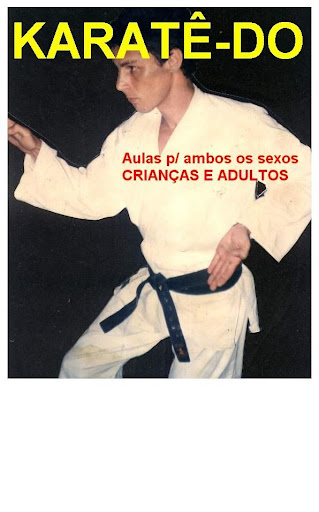

While you must constrain the baseline, you may want to consider constraining the "Top" parameter as well. "Baseline" is the Y value that defines 0% - maximal inhibition by a standard drug. "Bottom" is the Y value of the bottom plateau of the curve itself. Note the important distinction between "Baseline" and "Bottom" in this model. You must enter a value for the parameter "Baseline" on the Constrain tab of the analysis parameters dialog. Then choose " Absolute IC50, X is log(concentration) ". Enter response into Y in any convenient units.įrom the data table, click Analyze, choose nonlinear regression, and choose the panel of equations: Dose-Response - Special, X is log(concentration). Enter the logarithm of the concentration of the agonist into X. Be sure to know which IC50 you want to report, and what your values mean. In this case, the Absolute IC50 would not be defined (no increase in the concentration of antagonist would be capable of lowering the measured response to 50% of the maximal response). For example, the antagonist being tested may only capable of reducing a measured response to 60% of its maximal (blank) value, but no further. In some cases, an Absolute IC50 simply cannot be calculated. As a result, the Absolute IC50 and Relative IC50 will not be the same. Often, the response measured for this standard positive control is lower than the "Bottom" of the dose-response curve. In many cases, the positive control used may be a different, standard drug known to elicit a maximal inhibitory effect on the measured response. The concentration that provokes a response halfway between the blank (no antagonist, maximum measured response) and some positive control (to represent a fully inhibited response) is sometimes called the Absolute IC50. Unless the data are normalized to run from 0 to 100, this is not the value that corresponds to 50% on the Y axis. It is the concentration required to bring the curve down to a point halfway between the "Top" and "Bottom" plateaus of the curve. This is by far the most common definition, and is usually what people mean by "the IC50" of a response. When considering inhibitory data (measured response decreases with increasing concentration of antagonist), these two values are referred to as the Relative IC50 and Absolute IC50, respectively. Are you interested in the concentration that results in a measured response halfway between the maximal (Top) and minimal (Bottom) values of the curve? Or do you want the concentration that results in a measured response halfway between the maximal (Top) value of the curve and some defined "baseline" control value? However, there are a number of ways that this concept of "half" can be interpreted. The EC50 (or IC50) refer to a concentration of agonist (or antagonist) required to increase (or reduce) the measured response to half - or 50% - of its maximal value. The Hill slope describes the slope of the sigmoidal curve between these two plateaus. The Top and Bottom parameters describe the values at which the curve reach a plateau - coming infinitely close, but never quite reaching these values. These curves are often defined by four parameters: Top, Bottom, Hill slope, and the EC50 (or IC50). Many dose-response curves follow a familiar sigmoidal shape. Use a related equation when X values are concentrations or doses. This equation is used when X values are logarithms of concentrations or doses.


 0 kommentar(er)
0 kommentar(er)
